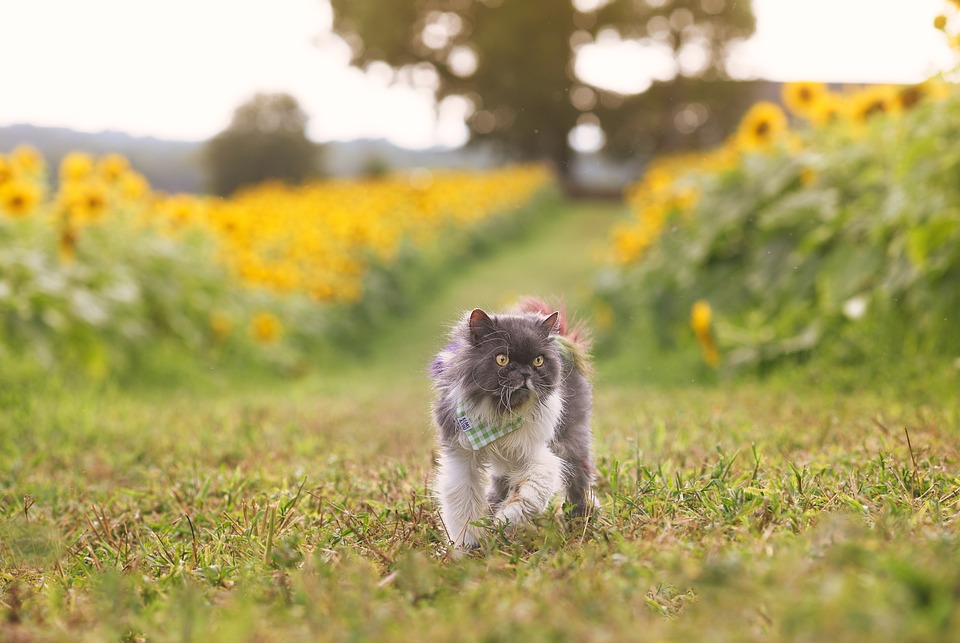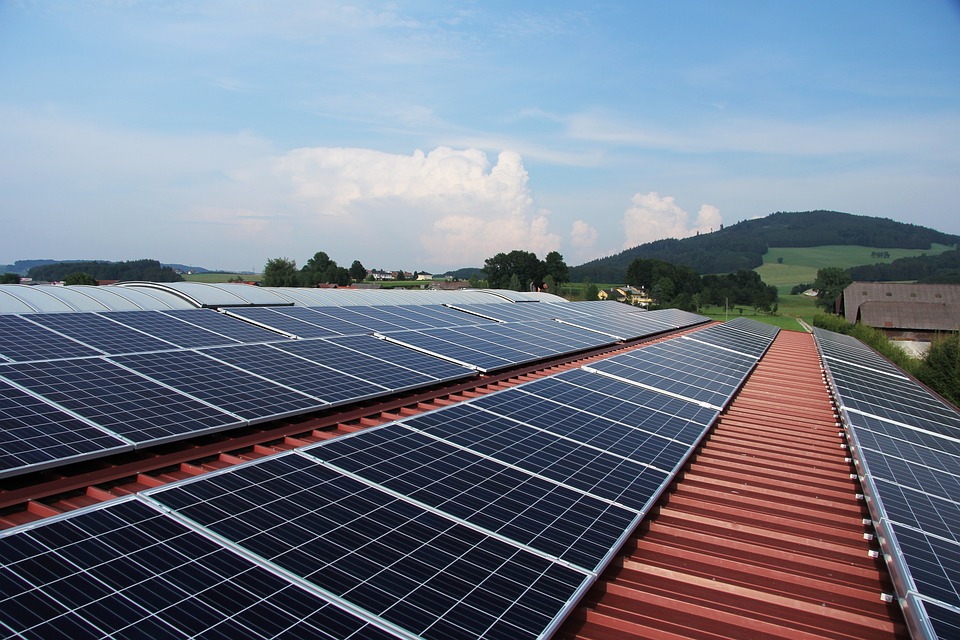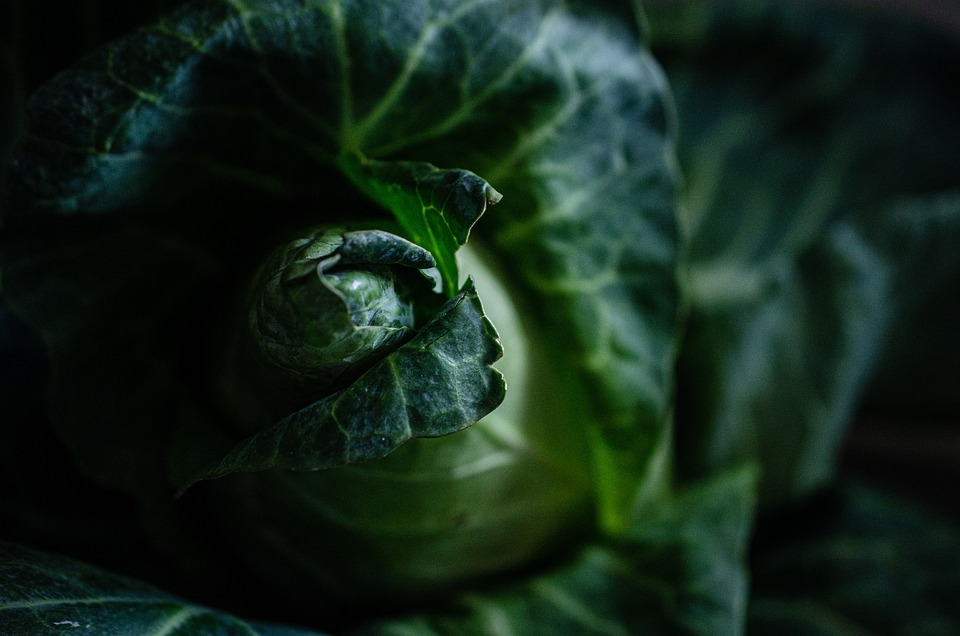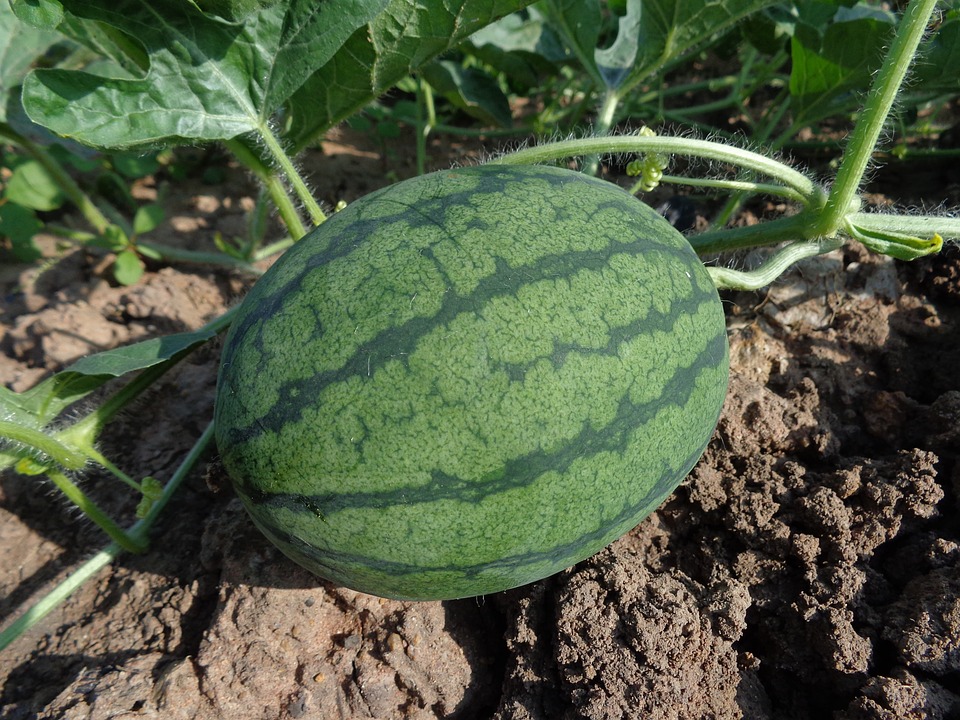Sustainable Farming: Nurturing the Earth for Future Generations
There’s a sense of fulfillment and joy that comes with planting a seed, nurturing it, and watching it grow into a thriving plant. The connection to nature, the satisfaction of providing for yourself, and the sheer delight of getting your hands dirty – sustainable farming and gardening is a lifestyle that rejuvenates both the Earth and our spirits. As an advocate for living off the grid and a passionate sustainable farmer, I can’t help but share the wonders and benefits of this life-changing practice. So, grab your gardening gloves and prepare to delve into the world of sustainable farming: nurturing the Earth for future generations! Imagine waking up to the sound of birds chirping, fresh air filling your lungs, and a clear blue sky stretching out before you. These are the gifts that living off the grid offers, allowing us to escape the hustle and bustle of the modern world. It was during one such morning that I embarked on this incredible journey towards sustainable farming. As I sipped on a steaming cup of herbal tea on my little porch, I gazed out at the lush greenery around me. The vibrancy of the vegetables and the life buzzing in my garden filled me with a sense of purpose and contentment that I had never experienced before. Sustainable farming is rooted in the principles of harmonizing with nature, rather than exploiting it. It is a method of cultivating the land that takes into consideration the long-term health of the soil, the preservation of biodiversity, and responsible water management. This type of farming not only sustains us with fresh, organic produce but also plays a crucial role in conserving resources and combating climate change. By embracing sustainable farming, we can nourish the Earth while paving the way for future generations to thrive on a healthy, vibrant planet. One of the key principles of sustainable farming is soil health. Healthy soil is teeming with life, featuring an abundance of microorganisms, worms, and insects. These tiny creatures play a vital role in breaking down organic matter, increasing nutrient availability, and improving soil structure. As sustainable farmers, we work to enhance soil health by incorporating organic matter, such as compost and cover crops, encouraging beneficial soil life, and avoiding the use of synthetic fertilizers and pesticides. The result? Nutrient-rich soil that provides the foundation for strong, healthy plants to flourish. Water conservation is another vital aspect of sustainable farming. By implementing techniques such as drip irrigation, rainwater harvesting, and mulching, we can reduce water usage while ensuring our plants receive the hydration they need. This approach not only safeguards precious water resources but also helps mitigate the risks of droughts and water scarcity. As a pro tip, consider collecting rainwater in barrels or buckets to water your plants during dry spells. It’s a simple yet effective way to make the most of nature’s gift. Crop diversity is a crucial element of sustainable farming systems. By planting a variety of crops, we can reduce the risk of pest outbreaks, minimize soil depletion, and increase overall resilience. Polyculture, the practice of growing multiple crops in proximity, creates a balanced ecosystem where different plants support and benefit each other. This approach also helps with weed management, as diverse crops tend to shade out weeds and reduce their competition. So, don’t be afraid to experiment with different varieties – your garden will thank you! Now let’s talk about composting, the unsung hero of sustainable farming. Composting allows us to recycle kitchen scraps, yard waste, and other organic materials into nutrient-rich compost, which can then be used to enrich the soil. It’s a natural and sustainable way of closing the loop, returning nutrients back to the Earth and reducing our reliance on synthetic fertilizers. Pro tip: create a composting bin in your backyard and regularly add a healthy mix of green (such as vegetable scraps) and brown (like dry leaves) materials. Within a few months, you’ll have rich, dark compost ready to provide your garden with a boost! In addition to these practices, sustainable farmers also embrace natural pest control methods to protect their crops and ecosystem. Integrated Pest Management (IPM) techniques involve closely monitoring pest populations, introducing beneficial insects, and using physical barriers to keep pests at bay. By minimizing the use of chemical pesticides, we can maintain ecological balance and safeguard the health of our environment. In fact, attracting pollinators and beneficial insects to our gardens can be as simple as planting native flowers or erecting a small insect hotel. Not only does this create a charming and colorful space, but it also provides a safe haven for these beneficial creatures. Living off the grid as a sustainable farmer has been an incredible journey. From learning to understand and work with nature’s rhythms to witnessing the resilience and bounty of the Earth, every day is a reminder of the interconnectedness between ourselves and the planet. As we lovingly nurture our gardens, we are nurturing the Earth itself, ensuring that future generations will have a home filled with beauty, abundance, and sustainability. So, whether you have a sprawling backyard or simply a few pots on a balcony, I encourage you to embark on your own sustainable farming adventure. Connect with the land, get your hands dirty, and experience the magic of watching a tiny seed grow into a flourishing plant. Together, let’s cultivate a greener future where sustainable farming and gardening are not only a way of life but also a legacy that future generations will inherit and cherish. Pro tips: 1. Start small: Begin with a few easy-to-grow crops such as salad greens or herbs; this will help build confidence and experience. 2. Embrace permaculture: When planning your garden, consider the principles of permaculture, which emphasize designing sustainable, self-sufficient systems that work in harmony with nature. 3. Share the harvest: Experiencing an abundance of fresh produce? Share the joy with neighbors, friends, or local food banks. Sustainable farming extends beyond our gardens; it’s about nurturing the entire










